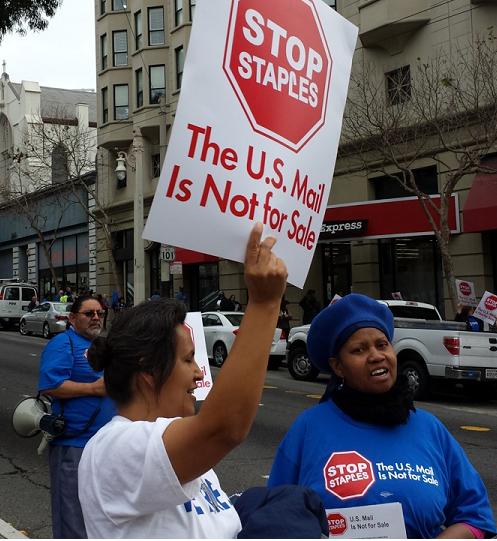The National Parks Service is once again moving to limit and maybe even ban fires on Ocean Beach, replaying an episode from 2007 that was temporarily solved by volunteers and artistic new fire rings placed by the group Burners Without Borders, despite a lack of follow through by NPS’s Golden Gate National Recreation Area.
Citing complaints about burning toxic materials, leaving messes, and people drinking on the beach (gasp!), the GGNRA this week announced a summer pilot program that would include moving the curfew up from 10pm to 9pm, installing a dozen new fire rings, and improved public outreach and monitoring of the conditions on the beach.
“We [have] over the years seen a rising problem over safety and general breaking of park rules like broken bottles. And with incidents of assault and underage drinking, mostly occurring during the night, GGNRA Area Director Howard Levitt told the Guardian.
But Tom Price, who helped create the 2007 compromise, said GGNRA never kept its end of the bargain — such as installing more rings to supplement the half-dozen created by artists, or creating visible signage so visitors would know what the rules area — and now it’s acting in a rapid, unilateral, and unreasonable way to ban beach fires.
“They never did the outreach or educaation or put out more fire rings,” Price said, urging people to let GGNRA know they support allowing fires on Ocean Beach, one of just two spots within GGNRA jurisdication where they’re allowed (Muir Beach is the other). “The Parks Service has to be reasonable, and banning fires after 9pm in not reasonable.”
In announcing the change, the GGNRA seems to admit that it didn’t do the follow-ups it had committed to: “The intent was to evaluate the program in 2009 and make a long term decision for fires on the beach. However, due to staffing shortages the 2009 review did not occur until 2013. Since 2009, the program continued as it had been originally developed in 2007. Maintenance staff continued to clean the pits and the beach, removing pits that became hazardous or non-functional, and Park Rangers continued to educate visitors engaging in beach fires and to enforce the existing regulations.”
GGNRA has set a short comment window for this new policy, from April 21 to May 16, before implementing the change starting Memorial Day Weekend. Send comments to Frank Dean, General Superintendent, Golden Gate National Recreation Area, Building 201, Fort Mason, San Francisco, CA 94123-0022. Then the agency says it will decide at the end of the summer how the situation is working out and whether it needs to resort to the outright ban that it had considered in 2007.
Meanwhile, in addition to trying to work cooperatively with the agency, Price said would also resist the unilateral new changes, saying the 9pm curfew is particulalry absurd: “I’m inviting all my friends down to Ocean Beach at 9pm on Memorial Day to have some s’mores.”


